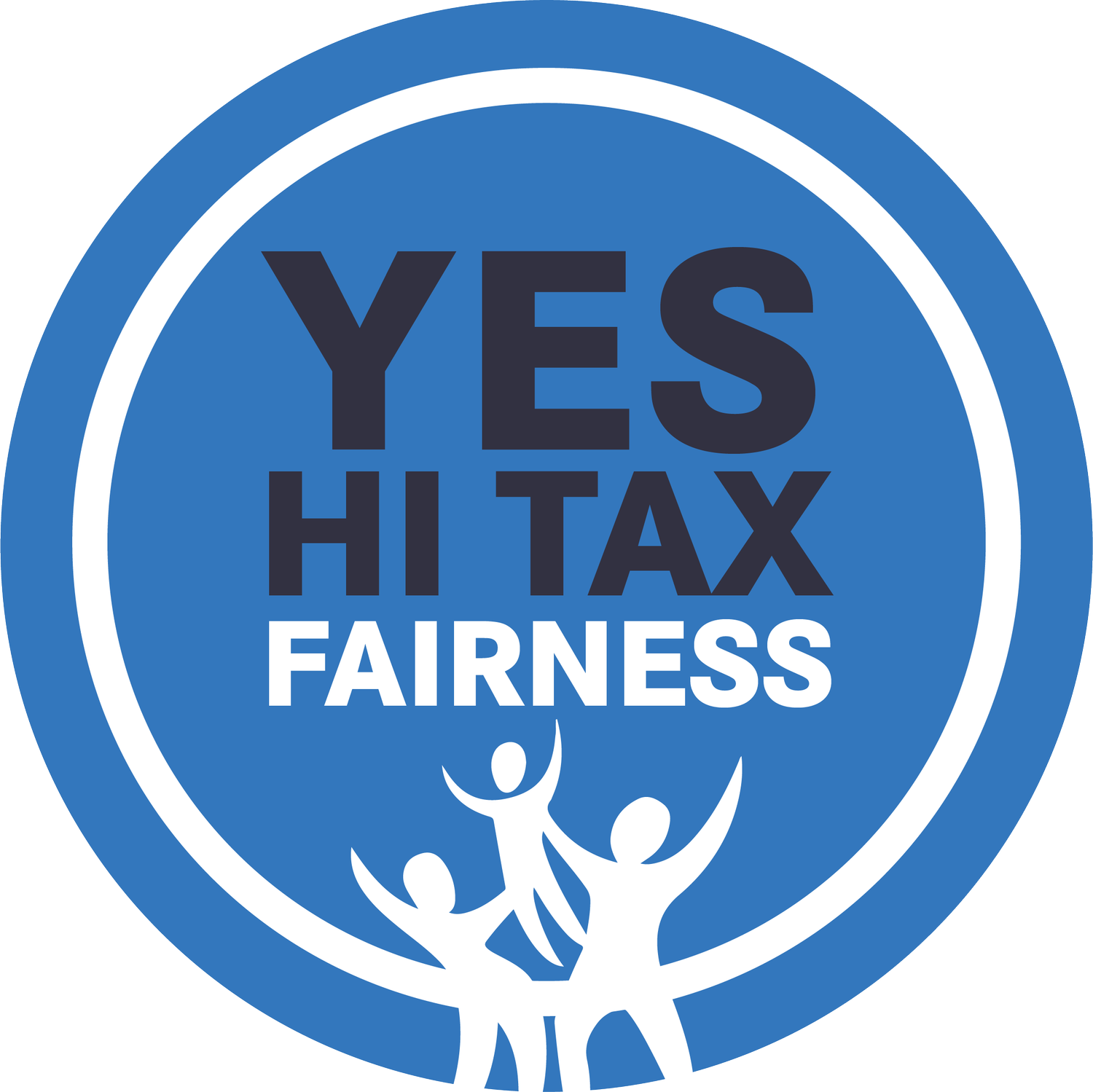Youth vaping rates keep rising in Hawaiʻi
“We are working on it,” Irvin said. “Like we did with successful cigarette policies, we know that increasing the price works, banning flavors works and not allowing online shipping and handling works.”
One bill still alive this year, SB1147, would include e-liquid and electronic smoking devices within the definition of “tobacco products.”
Our Analysis:
The rise of vaping and use of e-cigarette among Hawaiʻi’s youth has erased decades of tobacco prevention and control progress. There is currently no state tobacco tax attached to e-cigarette products, making these lower-priced tobacco alternatives more appealing to youth even though their use carries health risks. Research has shown that increasing prices, such as through cigarette taxes, is proven to reduce the rate of smoking by adult and youth smokers.
About 25 states have imposed taxes on e-cigarette products. An ad valorem tax on e-cigarette products has been considered by the Hawaiʻi legislature in recent years. Projected revenue at 95% of the wholesale price based on milliliter sold could generate revenue of $8.2 million in 2021.
Similarly, increasing the taxes on cigarettes which has remained stagnant in the last 10 years would raise an additional $12.9–$15.9 million in new tax revenues per year. Currently, no tobacco taxes are allocated to address tobacco prevention and revenue from new tobacco taxes could be spent on programs and resources for youth tobacco prevention and cessation.

